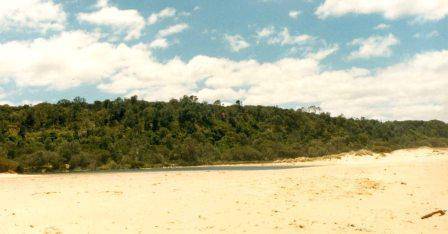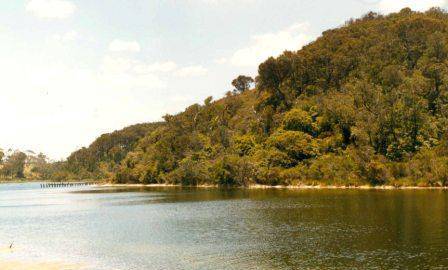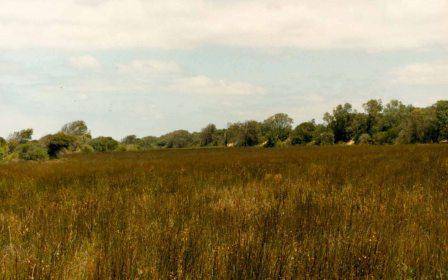| Back to search results » | Back to search page » |
|
Lake Tyers And Lake Bunga
LocationLAKE TYERS VIC 3887 - Property No L10259
File NumberL10259LevelRegional |
|
Statement of Significance
The Lake Tyers and Lake Bunga landscape is of State significance for the ability of this landscape to demonstrate the sequence and processes used in colonising Gippsland - the displacement of the Kurnai people, the taking over of the land, the importance of water-based transport, the exploitation of natural resources to supply a growing metropolis, and the attraction of its natural beauty for tourists, leading to its eventual protection. The areas continuity of association with Aboriginal people before, and throughout the whole period of colonisation to the present, is rare in Victoria. As the last mission, the place where Aboriginal people from many parts of Victoria were brought together, gives it a wider social significance for Aboriginal people and the whole community. The landscape of Lake Tyers and Lake Bunga is of particular signficance: - for its continuity of use: Koorie occupation, pastoralism (farming and cattle-grazing), fishing, conservation and tourism, all activities with a long history at Lake Tyers; - for its integrity: the landscape is still relatively intact with a large number of key elements still in place in good condition; - for its high natural values: an extremely wide variety of flora and fauna communities and species, many significant at the state or national level; and a number of sites of geomorphological interst, also of state or national significance; - for its high aesthetic values: landscapes of very high scenic values and well-developed sense of place, with remarkably good documentation; - historically, the handing-over of freehold title of the Lake Tyers Settlement to the Koorie community in 1970 is highly significant, being the first instance of freehold title transfer to Aboriginal people in the country, along with Framlingham.
- for its ability to demonstrate many of the themes that have characterised human occupation and use of the Gippland landscape by both Koories and Europeans. These include use of indigenous food sources and manufacturing materials, establishment of pastoral runs, water and road transport, fishing, timber, oil exploration, defence, Koorie- European relations, and nature conservation.
Group
Landscape - Cultural
Category
Other - Landscape - Cultural







